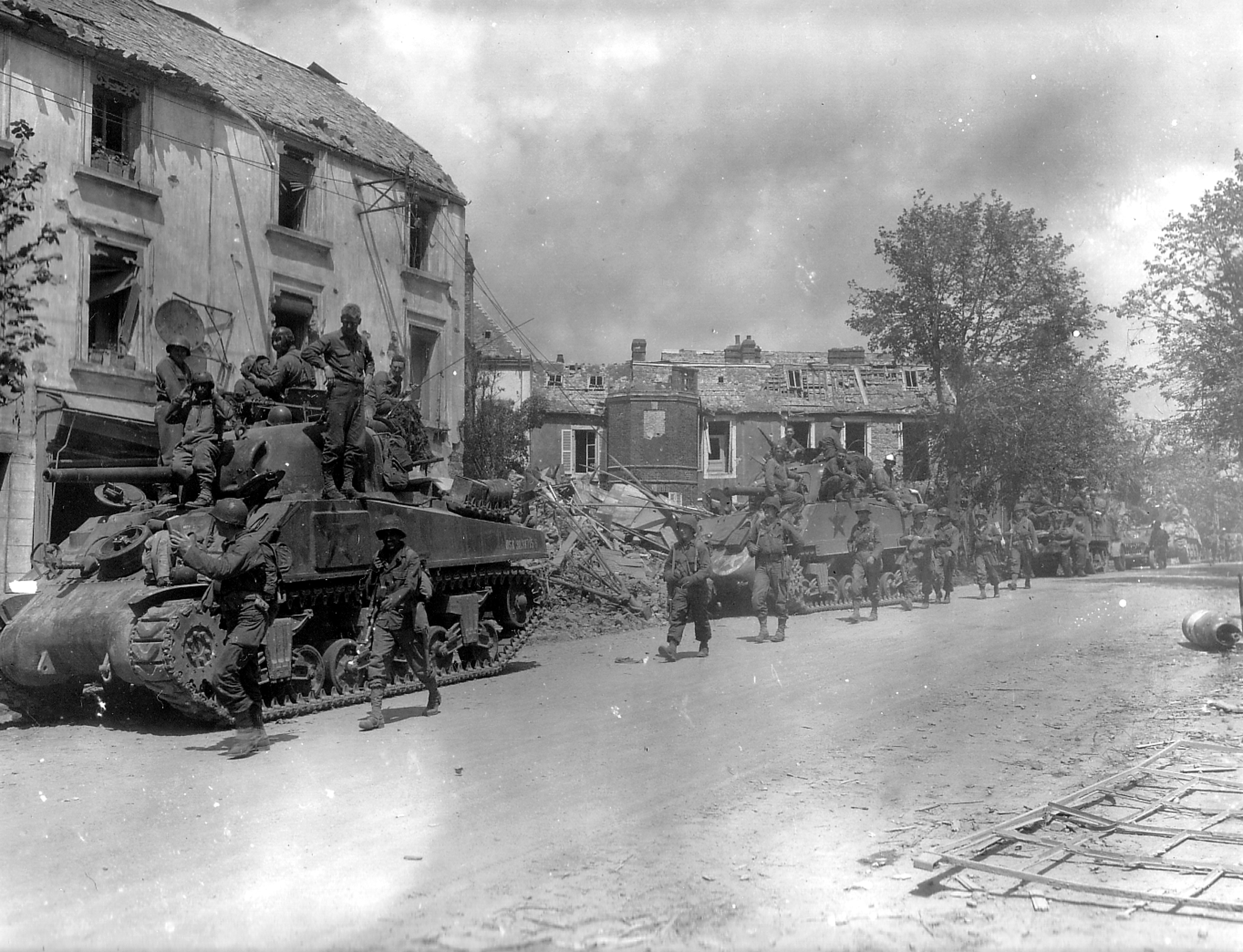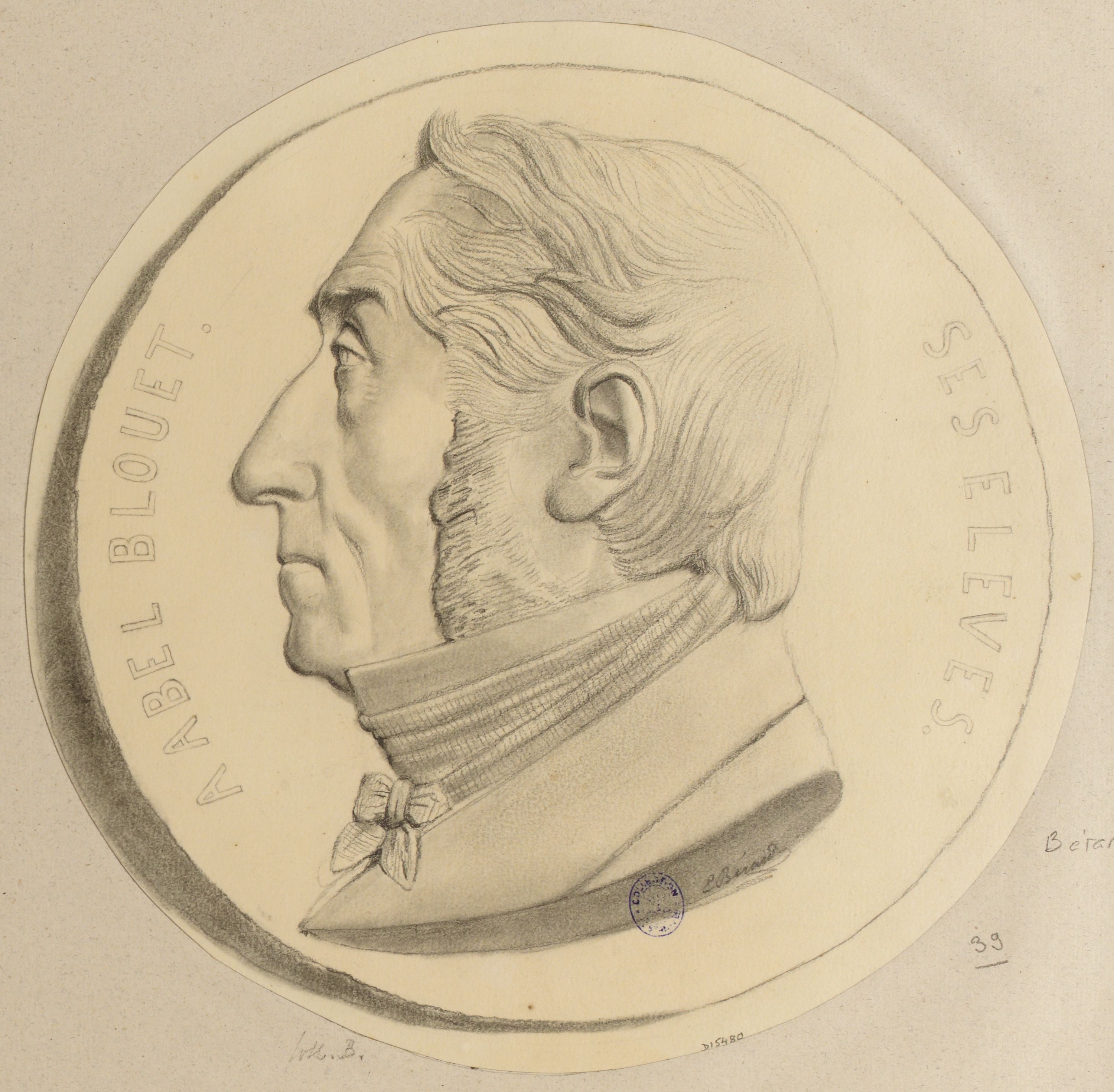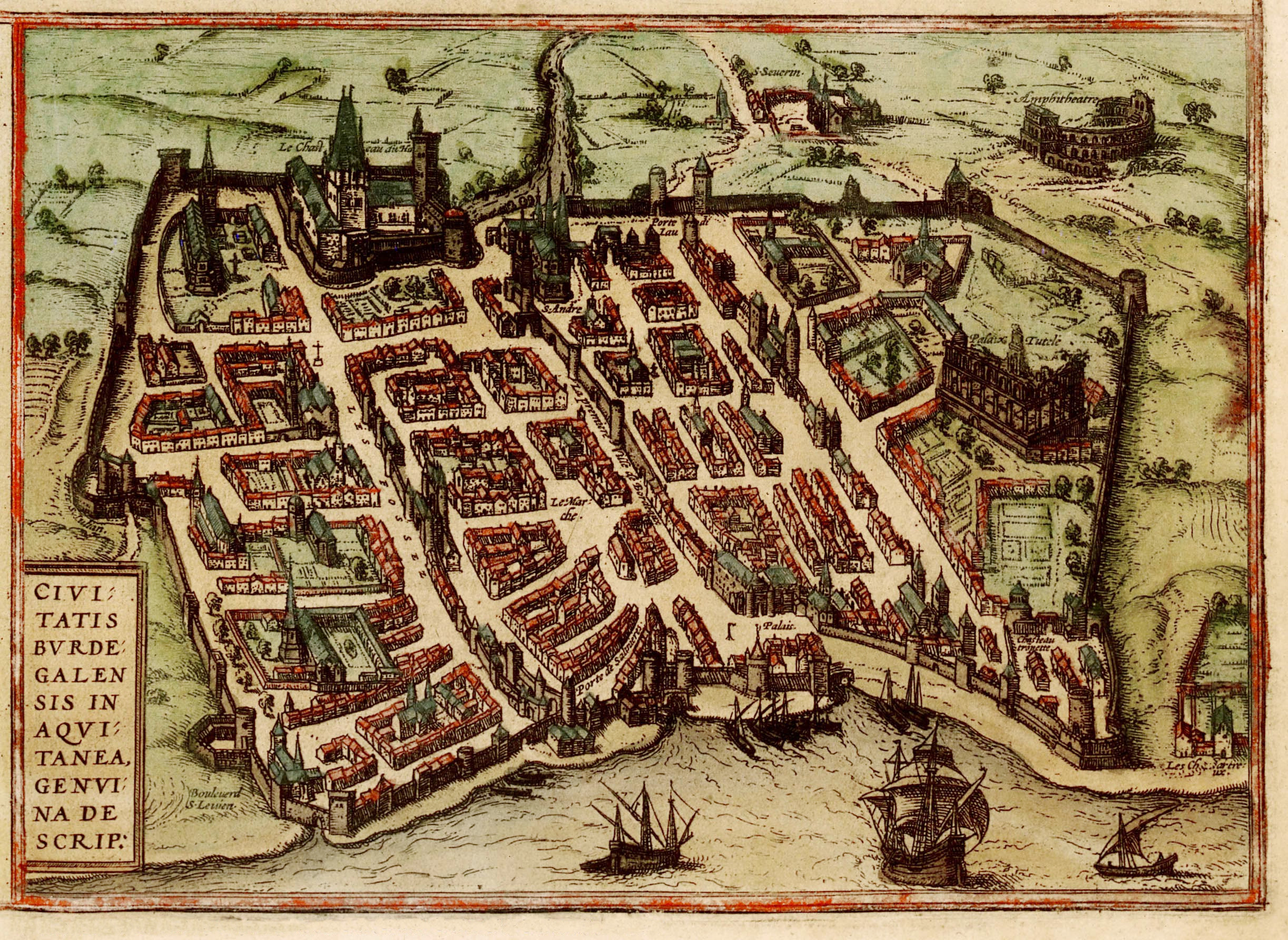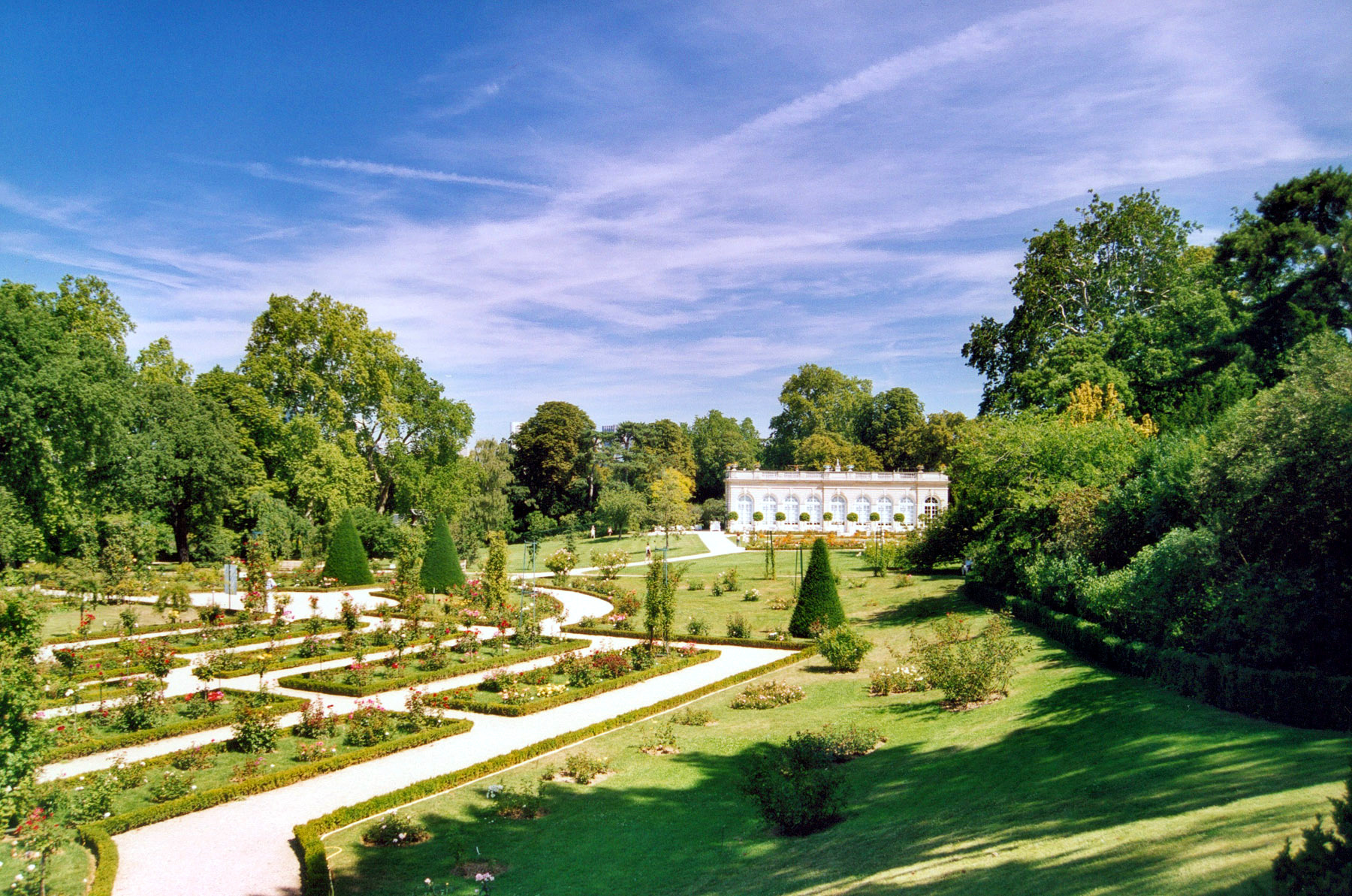|
Jean Charles Léon Danjoy
Jean-Charles-Léon Danjoy (31 May 1806 – 4 September 1862) was a French architect who specialized in renovating historical buildings. Biography Danjoy was born on 31 May 1806 in Avensac in the Gers department of southwestern France. In 1827 he was admitted to the École nationale supérieure des Beaux-Arts, École des Beaux-Arts in Paris. There he studied in the studio of Jean-Nicolas Huyot. As a young man he struggled to make a living through the sale of architectural drawings and lithographs. In 1840 Danjoy was hired by the French Historic Monuments organization, which had been created in 1837, and was given responsibility for restoring the Château de Falaise. Other restoration projects included the church of Lisieux Cathedral, the Château de Saint-Sauveur-le-Vicomte in Manche, the Tour Pey-Berland in Bordeaux and the Collégiale de Braisne. In 1842 he won the gold prize in an open competition to design the tomb of Napoleon. He visited Spain in 1842, where he made ... [...More Info...] [...Related Items...] OR: [Wikipedia] [Google] [Baidu] |
Avensac
Avensac is a commune in the Gers department in southwestern France. Geography Population See also *Communes of the Gers department The following is a list of the 461 communes of the Gers department of France. The communes cooperate in the following intercommunalities (as of 2020):Communes of Gers {{Gers-geo-stub ... [...More Info...] [...Related Items...] OR: [Wikipedia] [Google] [Baidu] |
Notre Dame De Paris
Notre-Dame de Paris (; meaning "Our Lady of Paris"), referred to simply as Notre-Dame, is a medieval Catholic cathedral on the Île de la Cité (an island in the Seine River), in the 4th arrondissement of Paris. The cathedral, dedicated to the Virgin Mary, is considered one of the finest examples of French Gothic architecture. Several of its attributes set it apart from the earlier Romanesque style, particularly its pioneering use of the rib vault and flying buttress, its enormous and colourful rose windows, and the naturalism and abundance of its sculptural decoration. Notre Dame also stands out for its musical components, notably its three pipe organs (one of which is historic) and its immense church bells. Construction of the cathedral began in 1163 under Bishop Maurice de Sully and was largely completed by 1260, though it was modified frequently in the centuries that followed. In the 1790s, during the French Revolution, Notre-Dame suffered extensive desecration; much of i ... [...More Info...] [...Related Items...] OR: [Wikipedia] [Google] [Baidu] |
Marseille
Marseille ( , , ; also spelled in English as Marseilles; oc, Marselha ) is the prefecture of the French department of Bouches-du-Rhône and capital of the Provence-Alpes-Côte d'Azur region. Situated in the camargue region of southern France, it is located on the coast of the Gulf of Lion, part of the Mediterranean Sea, near the mouth of the Rhône river. Its inhabitants are called ''Marseillais''. Marseille is the second most populous city in France, with 870,731 inhabitants in 2019 (Jan. census) over a municipal territory of . Together with its suburbs and exurbs, the Marseille metropolitan area, which extends over , had a population of 1,873,270 at the Jan. 2019 census, the third most populated in France after those of Paris and Lyon. The cities of Marseille, Aix-en-Provence, and 90 suburban municipalities have formed since 2016 the Aix-Marseille-Provence Metropolis, an Indirect election, indirectly elected Métropole, metropolitan authority now in charge of wider metropo ... [...More Info...] [...Related Items...] OR: [Wikipedia] [Google] [Baidu] |
Coutances
Coutances () is a Communes of France, commune in the Manche Departments of France, department in Normandy (administrative region), Normandy in north-western France. History Capital of the Unelli, a Gauls, Gaulish tribe, the town was given the name of ''Constantia'' in 298 during the reign of Roman Emperor, Roman emperor Constantius Chlorus. The surrounding region, called in Latin the ''pagus Constantinus'', subsequently became known as the Cotentin Peninsula. The town was destroyed by invading Normans in 866; they later established settlements and incorporated the whole List of peninsulas, peninsula into the Duchy of Normandy in 933. On 17 July 1944, during the Battle of Normandy during World War II, the city was bombed during the Allied offensive against the occupying Germans. Geography Climate Coutances has a oceanic climate (Köppen climate classification ''Cfb''). The average annual temperature in Coutances is . The average annual rainfall is with December as the wettest ... [...More Info...] [...Related Items...] OR: [Wikipedia] [Google] [Baidu] |
Guillaume-Abel Blouet
Guillaume-Abel Blouet (6 October 1795 – 7 May 1853) was a French architect who specialised in prison design. Biography Blouet was born at Passy. He won the Grand Prix de Rome in 1821 at the École des Beaux-Arts, entitling him to five years' study at the French Academy in Rome. The study of Roman architecture that was expected from students at the French Academy at Rome resulted in his speculative restoration of the original construction of the Baths of Caracalla, ''Restauration des thermes d'Antonin Caracalla, à Rome, présentée en 1826 et dédiée en 1827 à l'Académie des Beaux-Arts'' (1828). The Institut de France appointed Blouet the head of the fine arts section of the French Morea expedition 1828–1833, the second of three great military-scientific expeditions led by France in the first half of the 19th century, in which geologists and antiquarians accompanied an expedition with military objectives, in this case to deport all Ottoman nationals from the Morea, a tu ... [...More Info...] [...Related Items...] OR: [Wikipedia] [Google] [Baidu] |
Arc De Triomphe De L'Étoile
The Arc de Triomphe de l'Étoile (, , ; ) is one of the most famous monuments in Paris, France, standing at the western end of the Champs-Élysées at the centre of Place Charles de Gaulle, formerly named Place de l'Étoile—the ''étoile'' or "star" of the juncture formed by its twelve radiating avenues. The location of the arc and the plaza is shared between three arrondissements, 16th (south and west), 17th (north), and 8th (east). The Arc de Triomphe honours those who fought and died for France in the French Revolutionary and Napoleonic Wars, with the names of all French victories and generals inscribed on its inner and outer surfaces. Beneath its vault lies the Tomb of the Unknown Soldier from World War I. The central cohesive element of the ''Axe historique'' (historic axis, a sequence of monuments and grand thoroughfares on a route running from the courtyard of the Louvre to the Grande Arche de la Défense), the Arc de Triomphe was designed by Jean Chalgrin in 1806; i ... [...More Info...] [...Related Items...] OR: [Wikipedia] [Google] [Baidu] |
Metz Cathedral
Metz Cathedral, otherwise the Cathedral of Saint Stephen, Metz (french: Cathédrale Saint Étienne de Metz), is a Roman Catholic cathedral in Metz, capital of Lorraine, France. It is dedicated to Saint Stephen. First begun in the early 14th century, it was joined with the collegiate church of Notre-Dame in the mid-14th century, and given a new transept and late Gothic chevet, finished between 1486 and 1520. It is the cathedral of the Roman Catholic Diocese of Metz as the seat of the bishops of Metz. The cathedral treasury displays the collection, assembled over 1,000 years, of the bishopric of Metz, including paraments and items used for the Eucharist. Metz Cathedral has the third-highest nave of cathedrals in France (41.41 meters (135.9 ft)), behind Amiens Cathedral and Beauvais Cathedral. It is nicknamed ("the Good Lord's lantern"), displaying the largest expanse of stained glass in the world with .Jolin J.L. (2001) La lanterne du Bon Dieu. Eds. Serpnoise. . The stained ... [...More Info...] [...Related Items...] OR: [Wikipedia] [Google] [Baidu] |
Bordeaux Cathedral
Bordeaux Cathedral, officially known as the Primatial Cathedral of St Andrew of Bordeaux (french: Cathédrale-Primatiale Saint-André de Bordeaux), is a Roman Catholic church dedicated to Saint Andrew and located in Bordeaux, France. It is the seat of the Archbishop of Bordeaux. In 1998, UNESCO designated the Routes of Santiago de Compostela in France as a World Heritage site, including the three main churches of Bordeaux: the basilica of St Severinus, the basilica of St Michael and the cathedral of St Andrew. History Carolingian and Romanesque church A church of Saint-André was first mentioned in Bordeaux in documents dating from 814, in the Carolingian period. This church was probably part of group of churches, including the Basilica of Saint Severinus of Bordeaux and Notre-Dame-de-la-Place, located in the old castrum or Roman fortified town. It appears more officially in 1096 in a document from the chancellery of Duke William IX of Aquitaine. In that year it was for ... [...More Info...] [...Related Items...] OR: [Wikipedia] [Google] [Baidu] |
Père Lachaise Cemetery
Père Lachaise Cemetery (french: Cimetière du Père-Lachaise ; formerly , "East Cemetery") is the largest cemetery in Paris, France (). With more than 3.5 million visitors annually, it is the most visited necropolis in the world. Notable figures in the arts buried at Père Lachaise include Michel Ney, Frédéric Chopin, Émile Waldteufel, Édith Piaf, Marcel Proust, Georges Méliès, Marcel Marceau, Sarah Bernhardt, Oscar Wilde, Thierry Fortineau, J.R.D. Tata, Jim Morrison and Sir Richard Wallace. The Père Lachaise is located in the 20th arrondissement of Paris, 20th arrondissement and was the first garden cemetery, as well as the first municipal cemetery in Paris. It is also the site of three World War I memorials. The cemetery is located on the Boulevard de Ménilmontant. The Paris Métro station Philippe Auguste (Paris Métro), Philippe Auguste on Paris Métro Line 2, Line 2 is next to the main entrance, while the station Père Lachaise (Paris Métro), Père Lachaise, on both ... [...More Info...] [...Related Items...] OR: [Wikipedia] [Google] [Baidu] |
Elisabeta Alexandrovna Stroganova
Baroness Elizaveta Alexandrovna Demidova (née Stroganova) (3/5 February 1779, Saint Petersburg - April 8 1818, Paris) (Russian - Елизавета Александровна Строганова) was a Russian aristocrat of the Stroganov family. Life In September 1795 in Saint Petersburg, she married Count Nikolai Nikitich Demidov at the age of 16. Husband Nikolai Demidov became a diplomat and the young couple set up home in Paris, in the Hôtel particulier, Hôtel de Brancas-Lauragais, at the corner of Rue Taitbout and Boulevard des Italiens, becoming strong supporters of Napoleon I of France. However, mounting tensions between France and Russia forced Russia to call Nicolas back home in 1805. The couple then set up home in Italy before returning to Russia in 1812 to settle in Moscow. They were of completely different characters and often lived apart. She was beautiful, light and witty, and her husband more introspective, and so they soon grew bored with each other. Aft ... [...More Info...] [...Related Items...] OR: [Wikipedia] [Google] [Baidu] |
Gothic Architecture
Gothic architecture (or pointed architecture) is an architectural style that was prevalent in Europe from the late 12th to the 16th century, during the High and Late Middle Ages, surviving into the 17th and 18th centuries in some areas. It evolved from Romanesque architecture and was succeeded by Renaissance architecture. It originated in the Île-de-France and Picardy regions of northern France. The style at the time was sometimes known as ''opus Francigenum'' (lit. French work); the term ''Gothic'' was first applied contemptuously during the later Renaissance, by those ambitious to revive the architecture of classical antiquity. The defining design element of Gothic architecture is the pointed or ogival arch. The use of the pointed arch in turn led to the development of the pointed rib vault and flying buttresses, combined with elaborate tracery and stained glass windows. At the Abbey of Saint-Denis, near Paris, the choir was reconstructed between 1140 and 1144, draw ... [...More Info...] [...Related Items...] OR: [Wikipedia] [Google] [Baidu] |
Auteuil-Neuilly-Passy
Neuilly-Auteuil-Passy, sometimes also referred to just as Passy-Auteuil, refers to an area covering the westernmost part of the city of Paris and a neighbouring suburban community. This area is commonly known as one of the richest in Paris, with calm, select and very expensive neighbourhoods. Neuilly-Auteuil-Passy is sometimes abbreviated as NAP. Auteuil (pronounced ) and Passy are part of the 16th arrondissement of Paris, while Neuilly-sur-Seine is a suburb located immediately to their west. The three communities border the Bois de Boulogne park. The area has been described as "the wealthiest, the most cocksure and, in many ways, the most irritating part of the city." Passy Benjamin Franklin lived in Passy from 1777 to 1785. When he left, Thomas Jefferson said, "When he left Passy, it seemed as if the village had lost its patriarch." Honoré de Balzac lived in Passy for over six years. Passy is home to the Musée Marmottan Monet, housed in the Château de la Muette, and ... [...More Info...] [...Related Items...] OR: [Wikipedia] [Google] [Baidu] |









.jpg)
